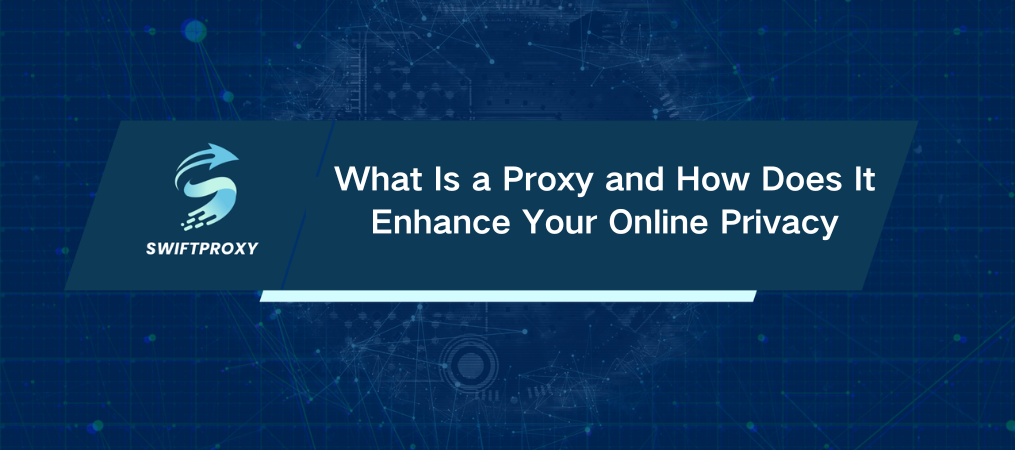What Is a Proxy and How Does It Enhance Your Online Privacy

Your IP address tells a story. It knows your location, the type of device you're using, and even hints at your browsing habits. Think about that. Every click, every search—it's like leaving a digital breadcrumb trail for anyone to follow.
Now here's the good news: proxies can rewrite that story. A proxy connection on your browser doesn't just mask your identity—it takes online privacy and security to a new level. Let's dive into what this means and how to use it.
What Is a Proxy
At its core, a proxy connection routes your internet traffic through an intermediary server. This server assigns you a new IP address, concealing your actual one. When you visit a website, the proxy server steps in as your representative, fetching the data and delivering it to you. Your identity? Hidden. Your location? Private.
Why use a proxy? Here are the main perks:
Privacy: Mask your IP and keep your activities confidential.
Access: Bypass geo-restrictions to unlock blocked content.
Speed: Cache frequently accessed sites for faster browsing.
Security: Add encryption to shield sensitive data.
Types of Proxies for Browsers
Not all proxies are created equal. Here's a breakdown of the most common types:
Web Proxies
These are browser-based and don't require installation. Just enter a URL, and you're set. They're convenient but offer limited features.
Transparent Proxies
Used by companies to monitor or restrict internet access. They're great for network control but offer minimal anonymity.
Anonymous Proxies
These replace your IP address, providing solid privacy for everyday users. However, some data might still sneak through.
High Anonymity Proxies
The gold standard for privacy. They strip away identifying information entirely, making them ideal for maximum security needs.
Benefits and Drawbacks
Why You'll Love Proxies
Privacy Security: They shield your IP and encrypt your traffic.
Access to Restricted Content: Proxies help you navigate past blocked sites.
Better Speed: By caching content, proxies can make frequent visits to websites faster.
Potential Pitfalls to Watch For
Security Risks: Untrustworthy proxies can expose you to data theft.
Speed Issues: Some proxies might slow your connection, especially during peak usage.
Compatibility: Certain websites may not function properly when accessed through proxies.
How to Set Up a Proxy in Your Browser
Ready to safeguard your browsing? Here's how to set up a proxy:
Choose a provider: Research and select a reputable proxy service.
Install the software: Download and install the proxy browser or configure your existing browser.
Adjust settings: Enter the proxy server details (IP address, port number, etc.) in your browser settings.
Save and restart: Save your settings and restart the browser if needed.
You're now set to browse securely and anonymously.
Pro Tips for Safe Proxy Use
Go with a trusted provider: Look for one with strong privacy policies and good reviews.
Enable encryption: Choose a proxy that encrypts your data for an extra layer of security.
Stay updated: Regularly update your browser and proxy settings to guard against vulnerabilities.
Be cautious with personal data: A proxy protects your privacy, but phishing sites can still be a threat.
Final Thoughts
A proxy connection is more than just a tech tool; it offers a way to regain control over your digital life. It shields your identity, protects sensitive data, and enables access to content that might otherwise be unavailable.
The internet doesn't have to feel like an open book. With a proxy connection on your browser, you determine what gets shared and what remains private. Take the step toward a safer, freer online experience.

















































